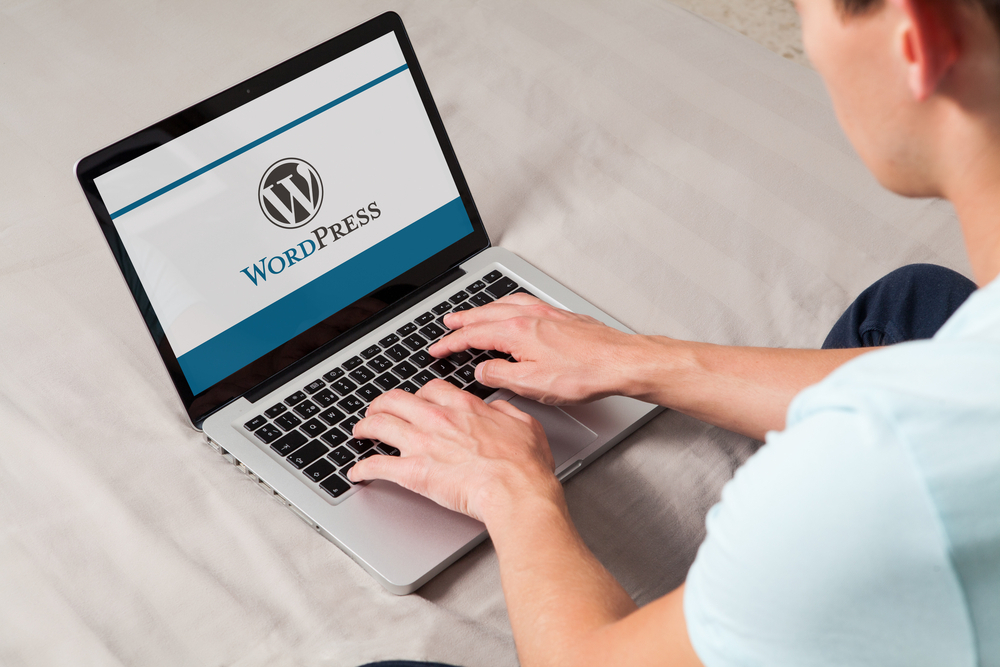Best Practices for Secure WordPress Development

Table of Contents
WordPress has become the go-to platform for website development, thanks to its user-friendly interface and extensive plugin ecosystem. However, its popularity also makes it a prime target for cyberattacks. As website owners, prioritizing secure WordPress development is crucial to safeguard your website and sensitive data. In this article, we will explore the importance of secure WordPress development, and delve into the top 5 best practices to enhance WordPress security.
Keeping WordPress Core, Themes, and Plugins Updated
Timely updates are essential to ensure your WordPress website is protect against the latest security threats. We will emphasize the importance of updating the WordPress core, themes, and plugins promptly, including enabling automatic updates for the WordPress core. Additionally, we will discuss the significance of updating themes and plugins from reputable sources and regularly auditing and removing unuse themes and plugins to reduce potential vulnerabilities.
Implementing Strong User Authentication and Access Control
The strength of user authentication plays a vital role in preventing unauthorize access to your website. We, as a Web Design Company in Arlington, will explore best practices such as utilizing strong passwords and enforcing password policies, as well as implementing two-factor authentication (2FA) for an additional layer of security. We will also discuss limiting user access base on roles and responsibilities and the importance of disabling default admin usernames while creating custom administrator accounts.
Securing the WordPress Database
The WordPress database holds critical website data, making it a prime target for attackers. We will cover essential security measures such as changing the default database table prefix to prevent SQL injection attacks. Additionally, using secure database credentials and limiting access privileges are vital to safeguarding sensitive information. We will emphasize the importance of regularly backing up the database to prevent data loss in case of security incidents.
Harden WordPress Security with Web Application Firewall (WAF)
A Web Application Firewall (WAF) acts as a crucial line of defense against various online threats. We will explain the role of a WAF and guide you through installing and configuring a reputable WAF plugin. Configuring firewall rules to block suspicious traffic and attacks will also be cover, along with monitoring WAF logs for potential security threats.
Protecting Against Cross-Site Scripting (XSS) and Cross-Site Request Forgery (CSRF)
Cross-Site Scripting (XSS) and Cross-Site Request Forgery (CSRF) are common security vulnerabilities that can compromise your WordPress site. We will educate you on the risks associate with XSS and CSRF and discuss the use of security plugins to mitigate these risks. Implementing measures such as sanitizing and validating user input and utilizing nonce and CSRF tokens for form submissions will be highlighted.
Regular Security Audits and Vulnerability Scans
Conducting regular security audits of your WordPress site is essential to identify and address potential vulnerabilities proactively. We will suggest using reputable security plugins to scan for vulnerabilities and explain the significance of addressing identifiy security issues promptly. For a comprehensive assessment, we will recommend engaging third-party security experts to perform detail audits.
Implementing Secure Socket Layer (SSL) Encryption
Secure Socket Layer (SSL) encryption is vital for protecting data transmitted between your website and users. We will discuss the importance of SSL for data protection and guide you through enabling SSL on your website for secure data transmission. Using HTTPS for all pages, including login and checkout, will be emphasize, along with the need to regularly renew SSL certificates to maintain security.
Educating Users and Administrators on Security Best Practices
User education is a crucial aspect of maintaining a secure WordPress website. We will discuss the importance of training users to recognize and avoid phishing attacks, along with educating administrators on secure WordPress practices. Establishing a security policy and guidelines for the team and conducting periodic security awareness training sessions will be key to building a strong security culture.




